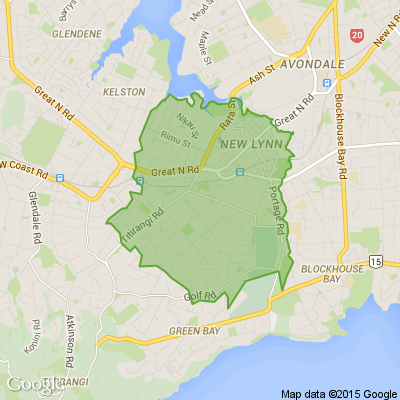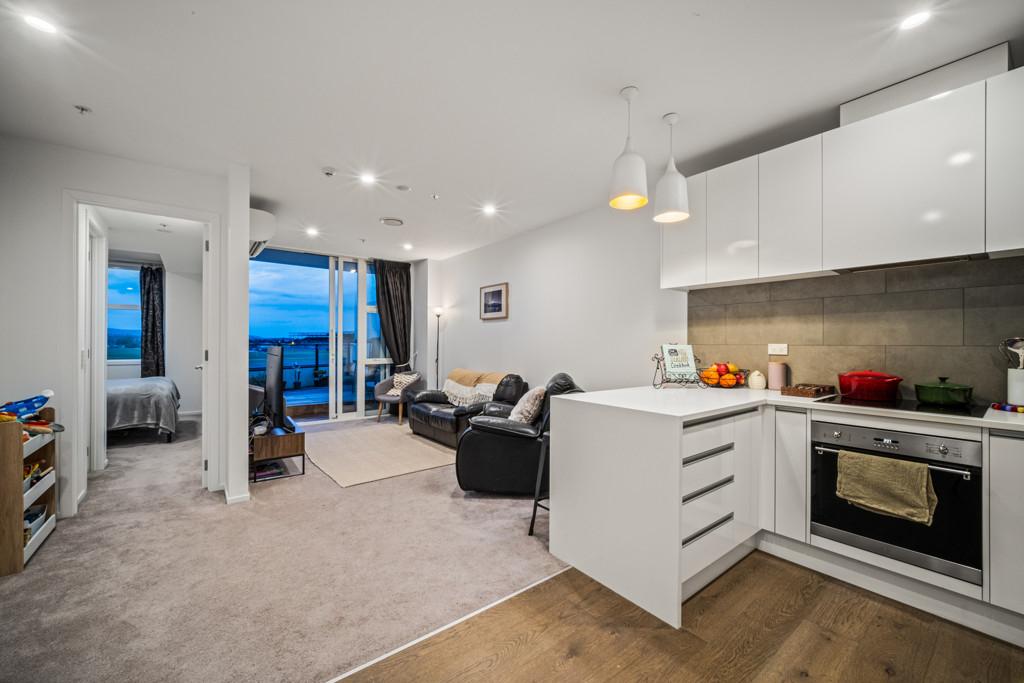Auckland drought: Taps will be turned off over summer if dry weather continues
Auckland Mayor Phil Goff says without enough rain in winter and spring, the city's water supply will plummet to 200 million litres of water a day at the height of summer when usage peaks at 600 million litres a day. Since May 16, outdoor water restrictions across the city have set water usage targets for 410 million litres a day or less. Aucklanders have also been encouraged to limit showers to four minutes. The dams were 44.8 per cent full yesterday when normally they would be 78.4 per cent full. Goff said planning has started for a worst case scenario, which includes options for turning off water for part of the day and reducing water pressure to a trickle in homes, which use 70 per cent of the city's dwindling water supply. Businesses would also face disruption in the post-Covid economic recovery phase "which we desperately want to avoid", he said. The shortage of water in Auckland's nine dams is due to a significant lack of rain, including 78 days with less than 1mm of rain from January 20 to April 6. The region has recorded less than half of its normal rainfall since November last year. This week, Watercare invoked emergency power to take an extra 15 million litres of water a day from the Waikato River to increase production from the river to 165 million litres a day and reduce demand on the region's drought-hit dams. The council-owned water company has brought a dam in Papakura and a bore in Pukekohe back into service that will add 11 million litres of water a day. Watercare is also negotiating with Hamilton City Council to use 25 million litres a day of the council's allocation on a temporary basis, and has had a resource consent application before the Waikato Regional Council since 2013 to take a further 200 million litres of water a day.
Watercare chief executive Raveen Jaduram said the situation was becoming critical. "This week we received a seasonal weather forecast suggesting the rest of winter and spring will be drier than normal," said Jaduram, adding that as well as Watercare increasing water sources, Aucklanders need to do their bit and reduce their water use by at least 20 litres a day per person. Goff said the use of emergency power highlighted the urgency of the situation and the need to explore every single source of water supply to head off the crisis. He too urged people to reduce water usage. The mayor had some stern words for Watercare, saying it provided high quality water and wastewater but had not planned adequately for exceptional weather conditions and severe drought.
"That is what we are facing at the moment. I think this is a wake-up call for them," he said. Goff also wants Watercare to consider temporary or long-term desalination, recycling of wastewater and making it easier for people to install water tanks in urban areas. He said a report is coming from council strategy chief Megan Tyler to look at scrapping resource consents for water tanks and providing incentives for people to use rainwater to water the garden, wash the house and car, and feed through the toilet system. Rainwater tanks are compulsory on most new houses in Sydney to meet a mains water saving target of 40 per cent. Auckland councillor Daniel Newman, who has worked for Watercare, said dealing with consenting issues to install water tanks is a modest suggestion.
The bigger issue, he said, has been the planning failure to address water security and transport while tackling the housing crisis. "Packing in housing, whether townhouses, apartments, greenfield subdivisions and infill housing has triggered more and more demand for services that we simply do not have. "Warning of chronic infrastructure deficits were ignored when preparing the Auckland Unitary Plan," Newman said.
========================================================
What word sums up 2024, neighbours?
If 2020 was the year of lockdowns, banana bread, and WFH (work from home)....
In one word, how would you define 2024?
We're excited to see what you come up with!

⚠️ DOGS DIE IN HOT CARS. If you love them, don't leave them. ⚠️
It's a message we share time and time again, and this year, we're calling on you to help us spread that message further.
Did you know that calls to SPCA about dogs left inside hot cars made up a whopping 11% of all welfare calls last summer? This is a completely preventable issue, and one which is causing hundreds of dogs (often loved pets) to suffer.
Here are some quick facts to share with the dog owners in your life:
👉 The temperature inside a car can heat to over 50°C in less than 15 minutes.
👉 Parking in the shade and cracking windows does little to help on a warm day. Dogs rely on panting to keep cool, which they can't do in a hot car.
👉 This puts dogs at a high risk of heatstroke - a serious condition for dogs, with a mortality rate between 39%-50%.
👉 It is an offence under the Animal Welfare Act to leave a dog in a hot vehicle if they are showing signs of heat stress. You can be fined, and prosecuted.
SPCA has created downloadable resources to help you spread the message even further. Posters, a flyer, and a social media tile can be downloaded from our website here: www.spca.nz...
We encourage you to use these - and ask your local businesses to display the posters if they can. Flyers can be kept in your car and handed out as needed.
This is a community problem, and one we cannot solve alone. Help us to prevent more tragedies this summer by sharing this post.
On behalf of the animals - thank you ❤️









 Loading…
Loading…





